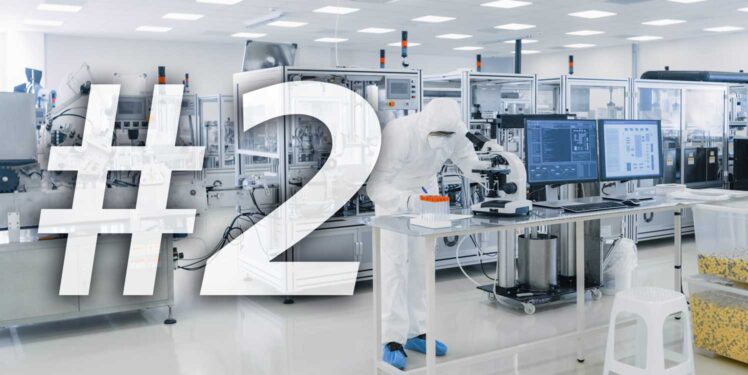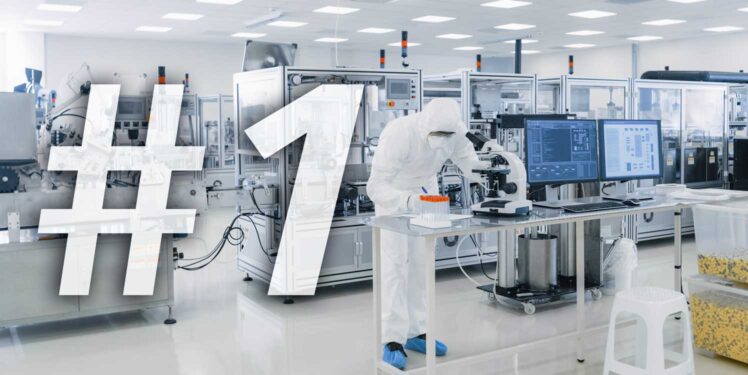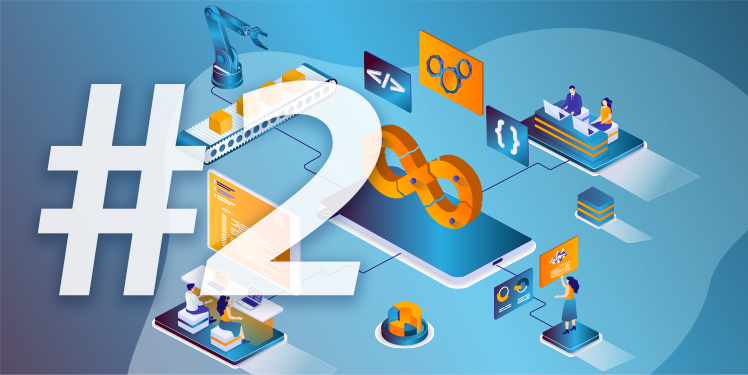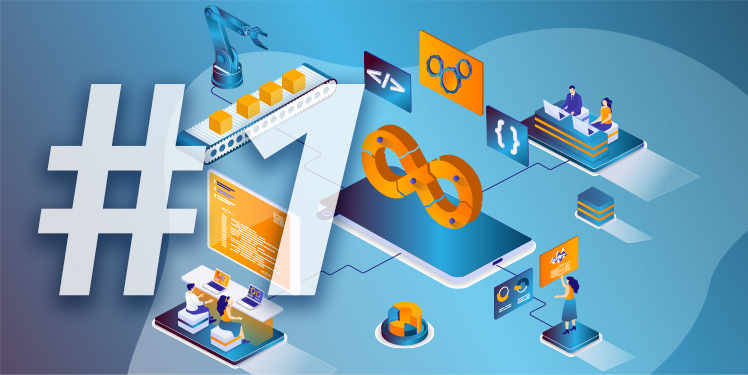Dr.-Ing. Pablo Oliveira Antonino
Dr. Pablo Oliveira Antonino leads the Virtual Engineering department at Fraunhofer IESE in Kaiserslautern, Germany. He earned his PhD in Computer Science from TU Kaiserslautern and brings extensive experience in the design, evaluation and integration of dependable embedded systems across diverse domains, including automotive, avionics, agricultural and construction machinery and the pharmaceutical industry. Under his leadership, the Virtual Engineering department develops the FERAL platform, which enables the creation of lightweight digital twins of embedded assets and simulation-based virtual prototypes, as well as the application of the Eclipse BaSyx middleware in the pharmaceutical domain. These initiatives contribute to advancing Physical AI — the convergence of physical systems, simulation models, and real-time digital twins to drive prediction, optimization, and continuous validation of complex systems. A further focus of his work lies in continuous engineering, combining simulation-based virtual validation, digital twins, and architecture-centric monitoring to shorten development cycles and enable systems to continuously adapt to change.
---
Dr. Pablo Oliveira Antonino leitet die Abteilung Virtual Engineering am Fraunhofer-Institut für Experimentelles Software Engineering IESE in Kaiserslautern. Er promovierte in Informatik an der Technischen Universität Kaiserslautern und verfügt über umfangreiche Erfahrung in der Konzeption, Bewertung und Integration zuverlässiger eingebetteter Systeme in unterschiedlichen Domänen, darunter Automobilindustrie, Avionik, Land- und Baumaschinen sowie die pharmazeutische Industrie. Unter seiner Leitung entwickelt die Abteilung Virtual Engineering die Plattform FERAL, die die Erstellung leichter Digitaler Zwillinge eingebetteter Systeme und simulationsbasierter virtueller Prototypen ermöglicht, sowie die Anwendung der Middleware Eclipse BaSyx im pharmazeutischen Bereich. Diese Initiativen tragen maßgeblich zur Weiterentwicklung von Physical AI bei – der Verbindung physischer Systeme, Simulationsmodelle und Echtzeit-Digitaler Zwillinge zur Vorhersage, Optimierung und kontinuierlichen Validierung komplexer Systeme. Ein weiterer Schwerpunkt seiner Arbeit liegt in der Continuous Engineering-Methodik: Durch die Kombination von simulationsbasierter virtueller Validierung, Digitalen Zwillingen und architekturzentriertem Monitoring trägt sein Team dazu bei, Entwicklungszyklen zu verkürzen und Systeme befähigen, sich kontinuierlich an Veränderungen anzupassen.









